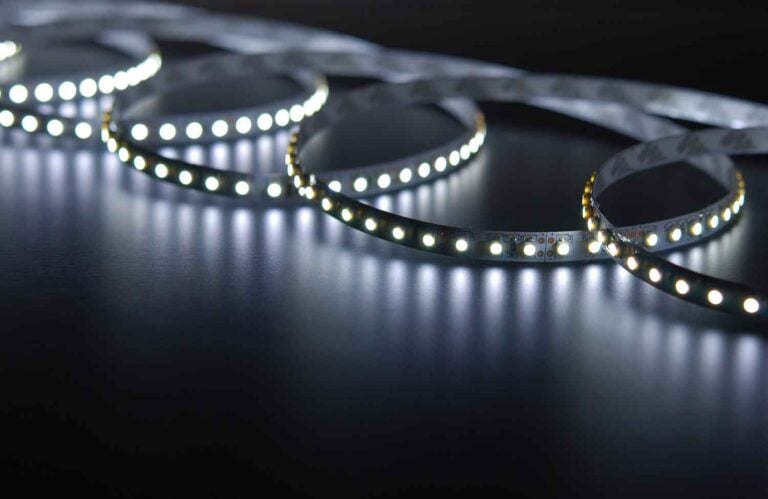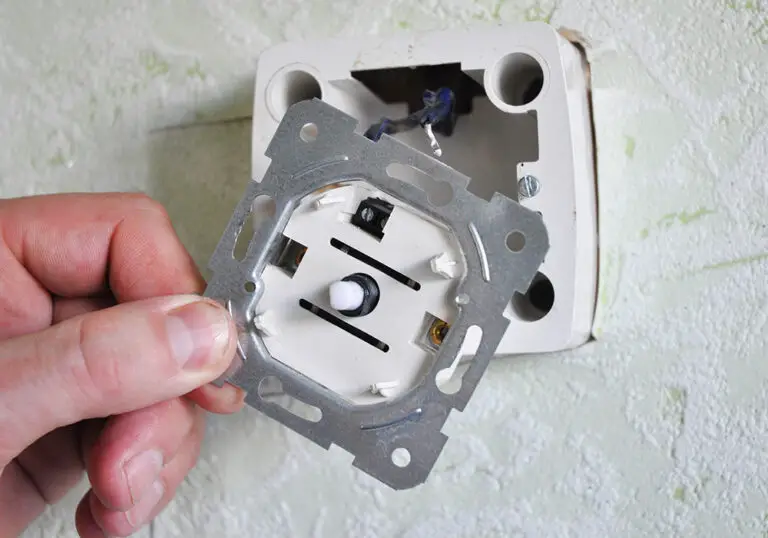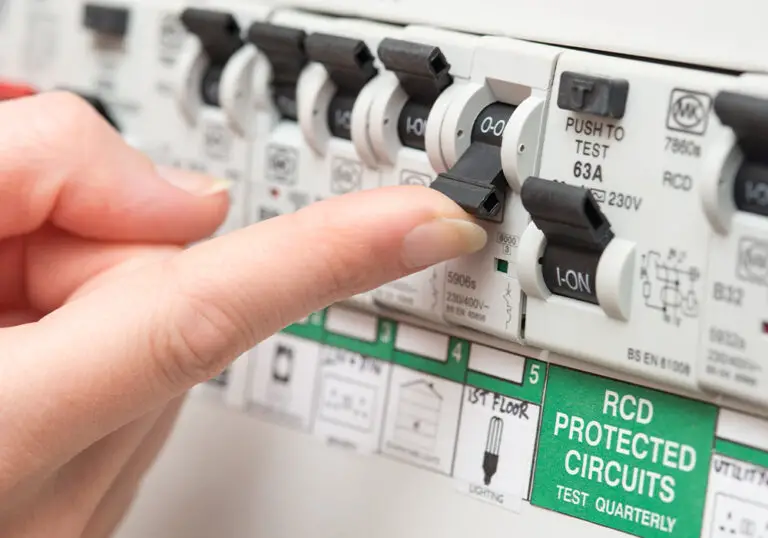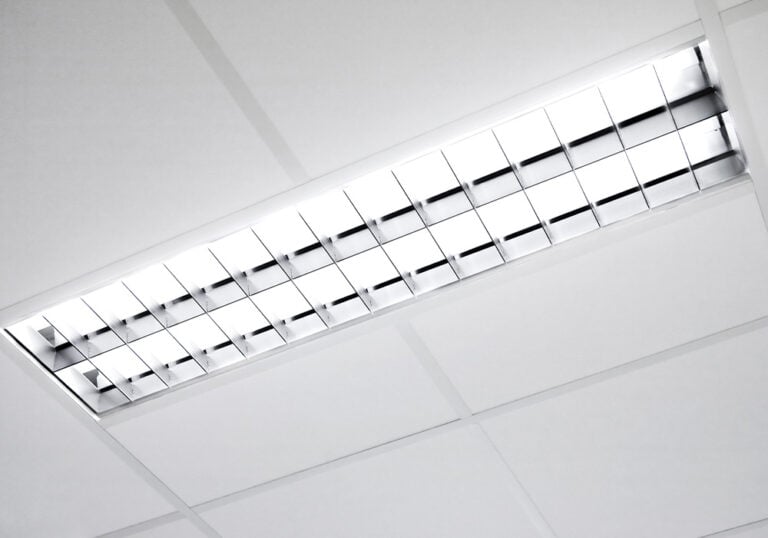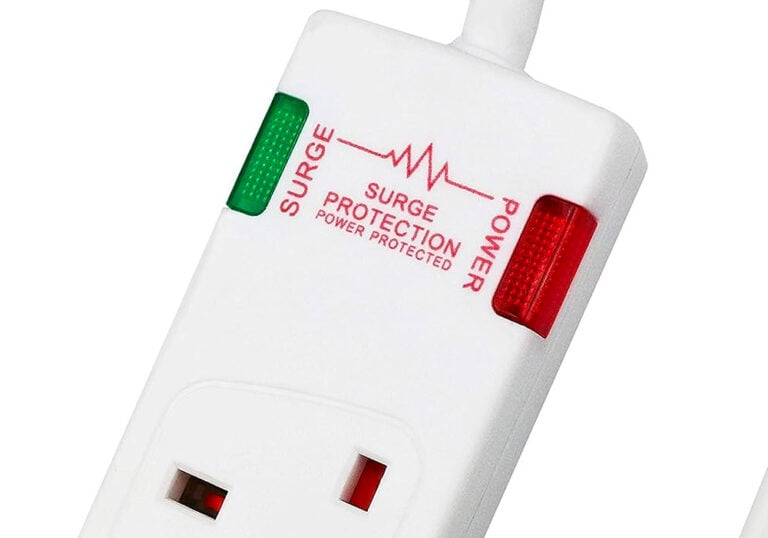What Fuse Do I Use in a Plug?
Fuses are an essential element of safety in electrical appliances and systems. Their job is to protect users and equipment from power surges, ‘blowing’ when they detect an excess of electricity. The fuse in a plug is there to protect the connecting power lead from such power surges.
For standard UK plugs, i.e. BS1362 plugs, you should use a 25.4mm fuse. This fuse must have the correct rating for the appliance. The two fuse ratings used as standard in UK electrical appliances are 3A and 13A. 3A fuses are best for appliances under 700W, whereas appliances between 700W and 3000W will require 13A fuses. As a general rule, you must always replace an old fuse in a plug using a new fuse with the same rating.
What is a Fuse and How Does it Work?
A fuse is a small cylindrical object that has two metal casings at either end. This is an electrical safety device that serves to protect electrical circuits from power surges and overcurrents. In plugs, fuses are there to protect the plug’s lead rather than the appliance itself.
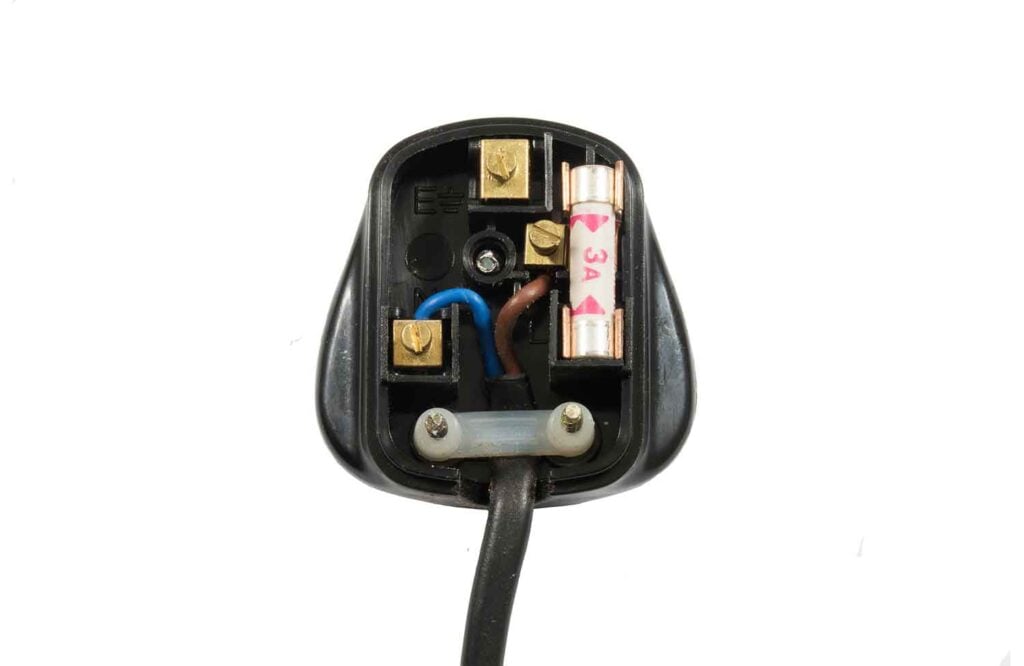
The fuse in an electrical circuit is a deliberate weak link between the main power supply and the appliance’s power cord. Fuses are designed to allow a certain amount of electrical current to pass through the outlet to the cord; in the instance of a power surge, they melt and separate, interrupting the flow of electricity to the appliance. This is what’s known as a ‘blown’ fuse. The blown fuse prevents excessive surges of electricity from reaching the appliance’s power cord. Without a fuse, appliances would be at risk of overheating or causing electric shocks to their users from such surges.
What Are the Different Types of Fuses?
There are various types of fuses that come with different power ratings, making them suitable for different appliances. The most common fuses used in UK plugs (BS1363 plugs) are those with either a 3A or 13A rating.
As the names suggest, these fuses are rated differently based on their amperage. Appliances that draw more power will need a fuse with a higher rating, i.e. the 13A fuse. Appliances that draw less power will suffice on the lower-rated 3A fuse. These two fuse ratings have become the standardised options for UK BS1363 plugs.
Aside from these standard ratings, fuses come in non-standard ratings of 1A, 2A, 5A, 7A and 10A. You can still use any of these fuses in the appropriate appliance; with UK plugs, it’s simply the standard practice to use either a 3A or 13A rated fuse according to the plug’s rating.
What Fuse Do I Use in a Plug?
When replacing a blown fuse, it’s essential to use a fuse with the same rating as the one before it. The rating of the new fuse must match the current rating of the corresponding cable. There are two ways to determine which fuse you should use in any given plug, depending on whether the plug is moulded or rewireable.
If the appliance is fitted with a moulded or non-rewireable plug, look at the markings on the plug’s casing. All moulded UK plugs must come with their fuse rating marked on the plug as standard. This makes it very easy to choose the correct fuse as per the manufacturer’s recommendations.
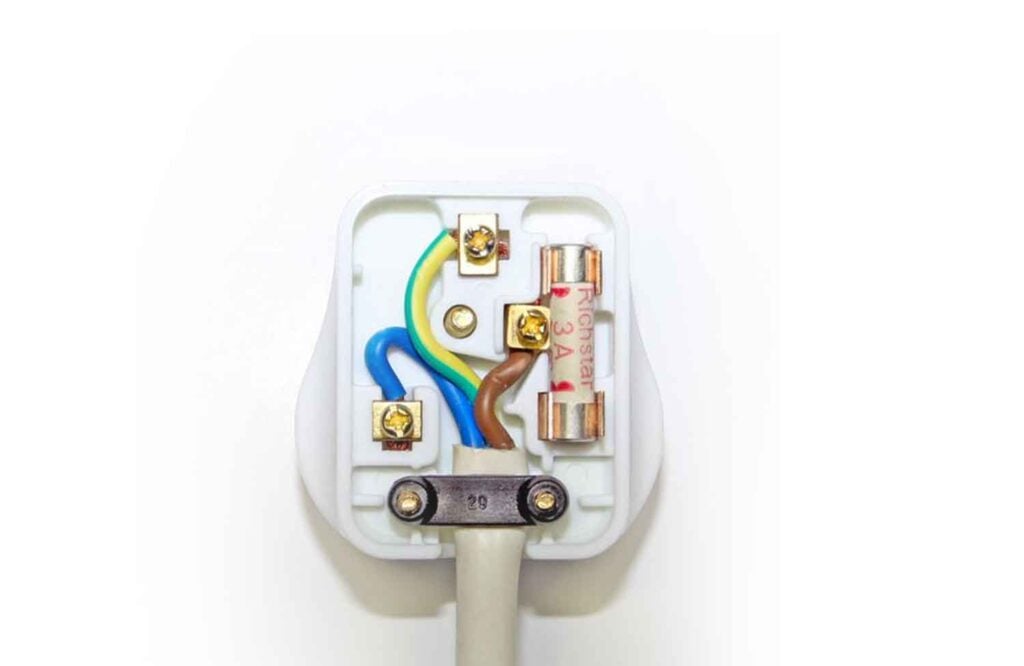
However, it may be that the plug is rewireable and the manufacturer’s original fuse size isn’t clear. If this is the case, you should instead follow the 700W rule to decide which fuse rating would be suitable for the appliance. This rule is as follows: a 3A fuse is suitable for appliances rated as 700W or less; any appliance over 700W should instead be fitted with a 13A fuse.
To use some examples, appliances rated up to 700W include table lamps, standing lamps, TVs, PCs, food mixers and blenders, fridges and freezers, power drills, jig saws, and soldering irons. Appliances such as these only require a 3A fuse. Appliances rated between 700W and 3000W include kettles, toasters, ovens, irons, washing machines, and dishwashers. These appliances are more likely to require 13A fuses in their plugs.
How to Work Out the Fuse Rating of an Appliance
You can carry out a simple calculation to work out the ideal fuse rating of an appliance. The formula is as follows:
Appliance’s Power in Watts / Mains Voltage = Fuse Rating in Amps
In other words, you divide the mains voltage (this being a standard of 240v in the UK) by the appliance’s wattage (found on the appliance’s ID plate). Round up the resulting figure to the nearest whole number to find out the suitable fuse rating in amps.
What Happens if You Use the Wrong Fuse in a Plug?
If you use the wrong fuse in a plug, it simply won’t do its job in protecting the appliance properly. Using fuses with too low of an amperage will leave you continuously replacing them when they inevitably blow. A fuse with too high of an amperage will fail to protect the appliance from the damaging effects of a power surge. This is why it’s so important to choose the right fuse for the specifications of the plug and appliance.

